-
 © Bonhams
© Bonhams -
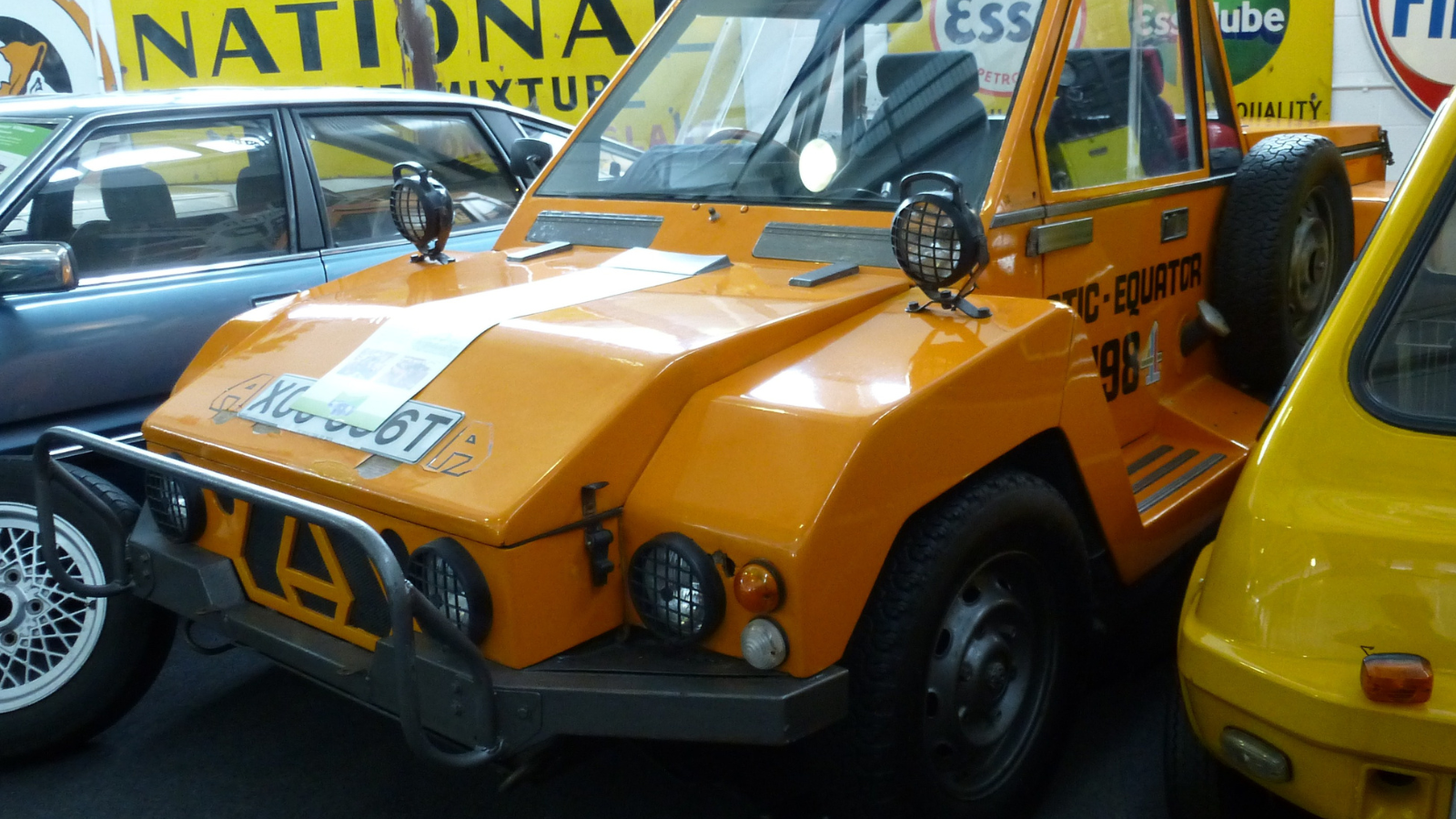 © Buch-t/Creative Commons licence https://creativecommons.org/licenses/by/3.0/
© Buch-t/Creative Commons licence https://creativecommons.org/licenses/by/3.0/ -
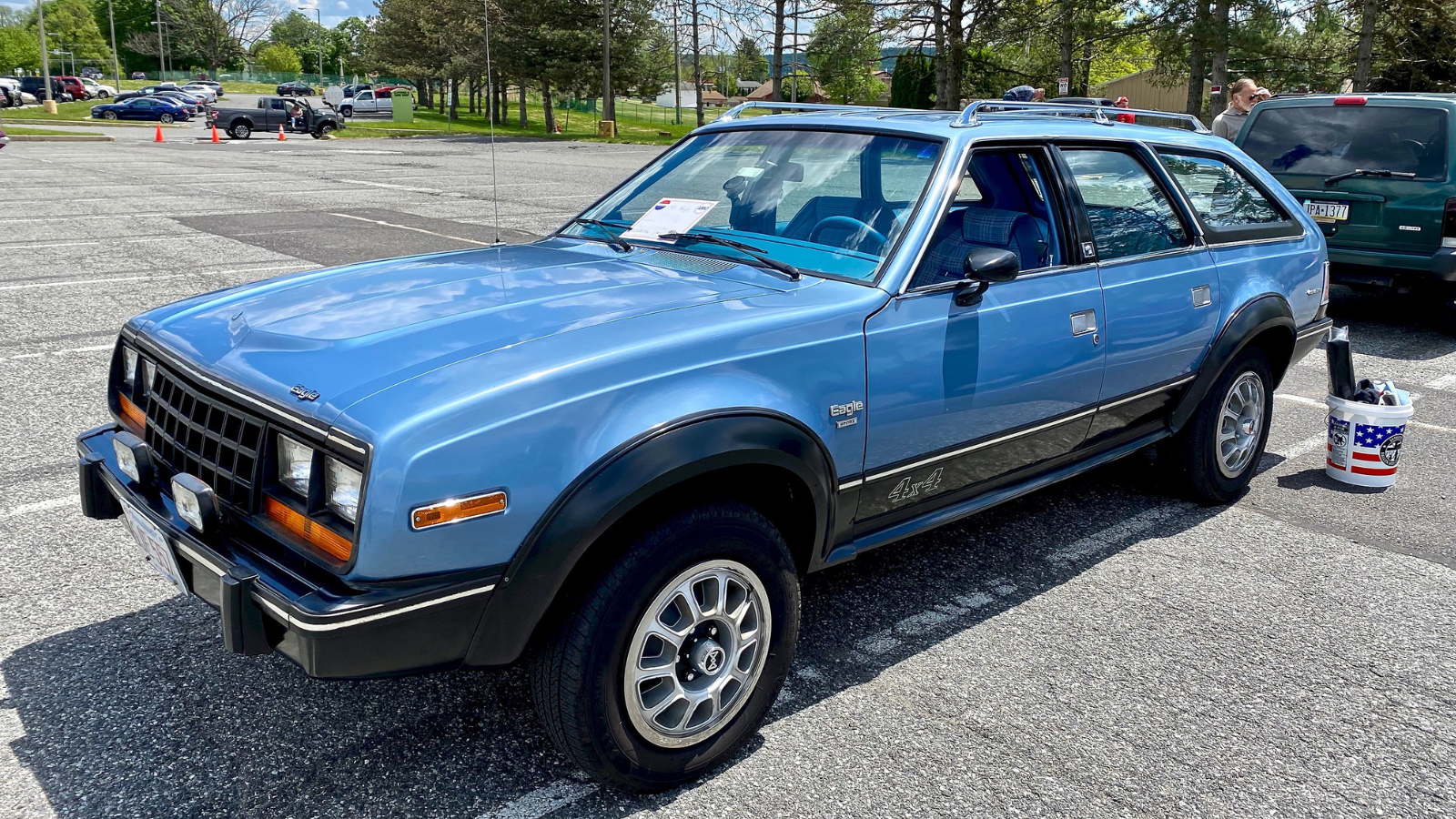 © Christopher Ziemnowicz/Wikimedia Commons
© Christopher Ziemnowicz/Wikimedia Commons -
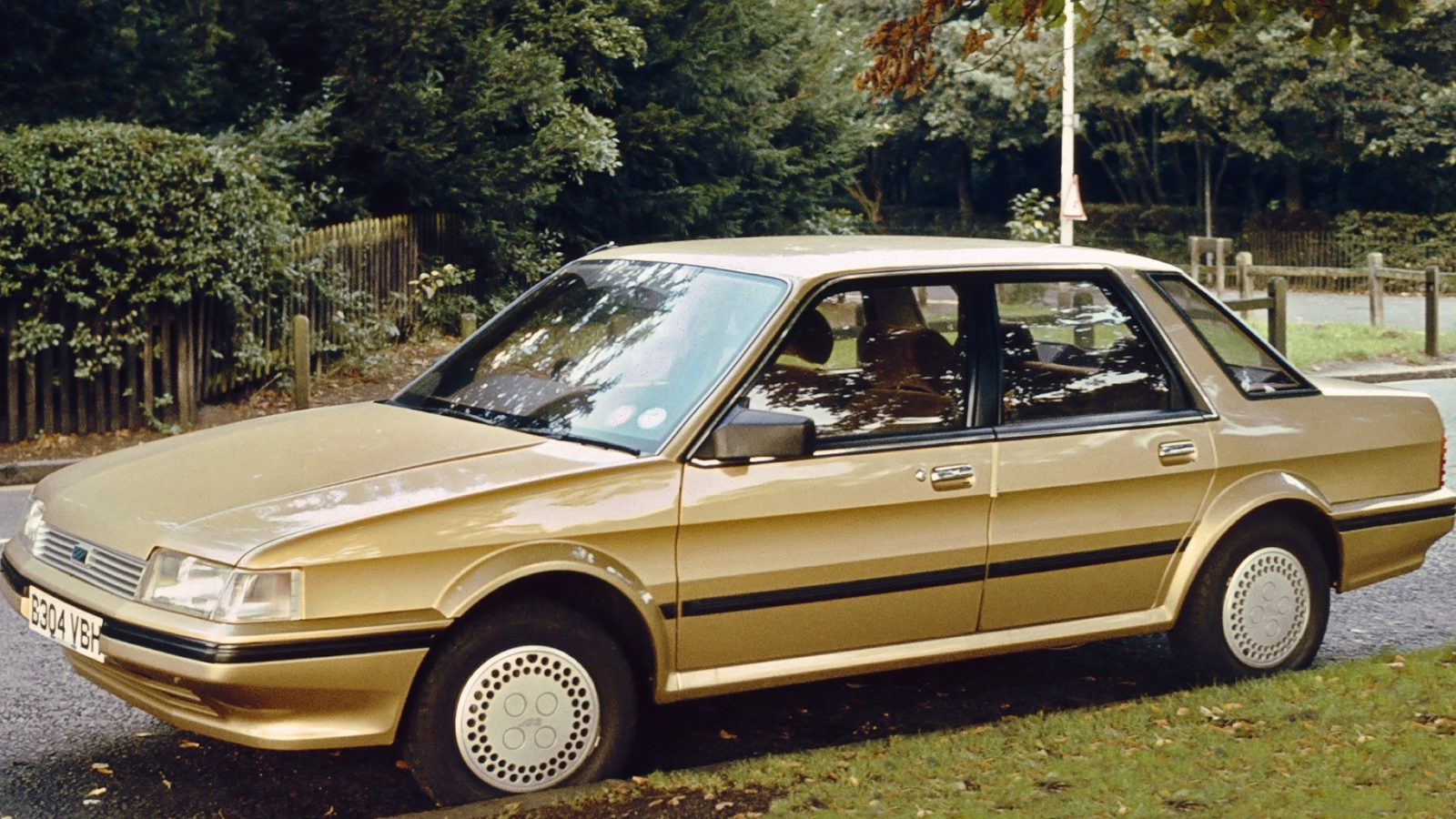 © Charles01/Wikimedia Commons
© Charles01/Wikimedia Commons -
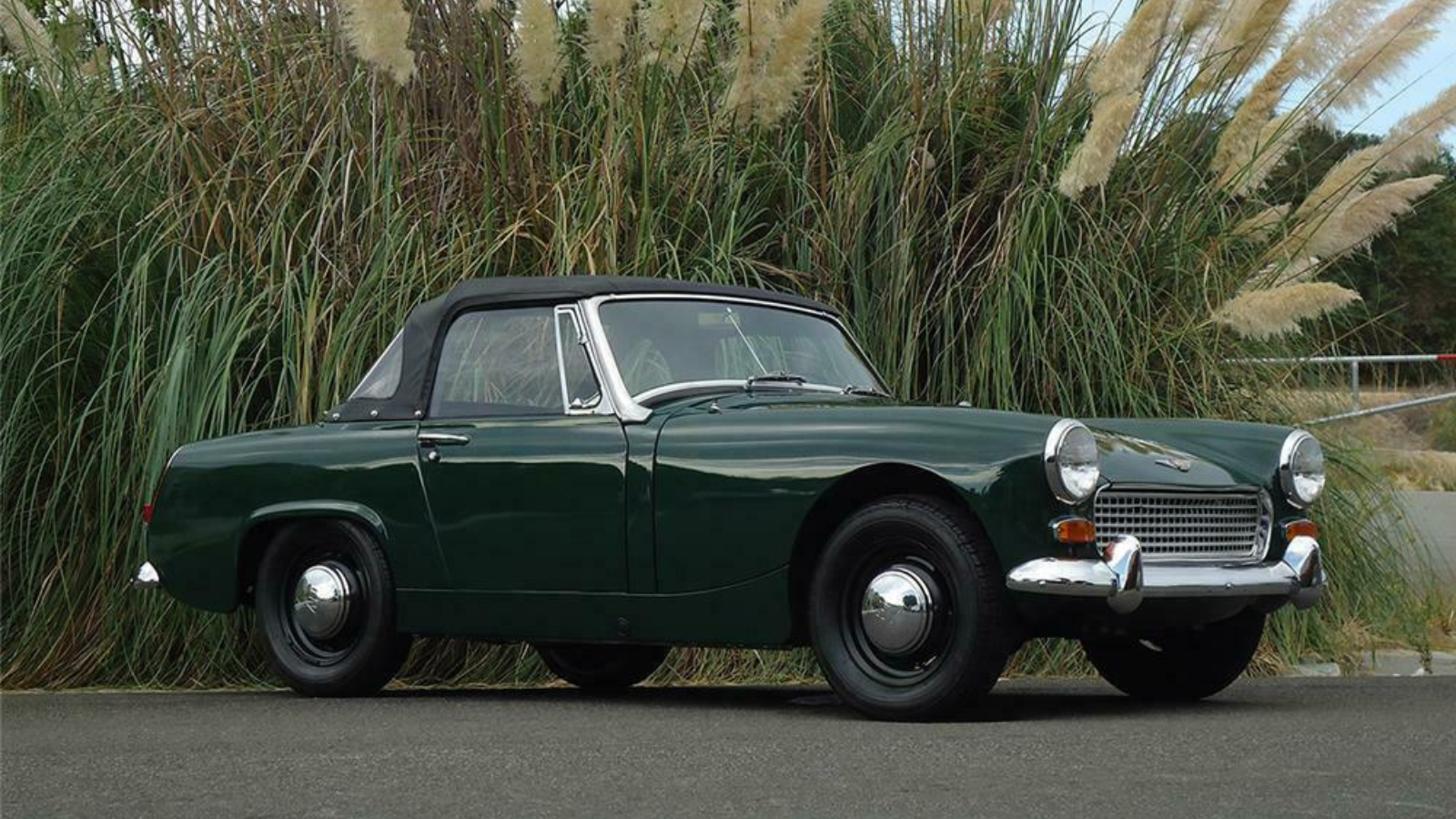 © Barrett-Jackson
© Barrett-Jackson -
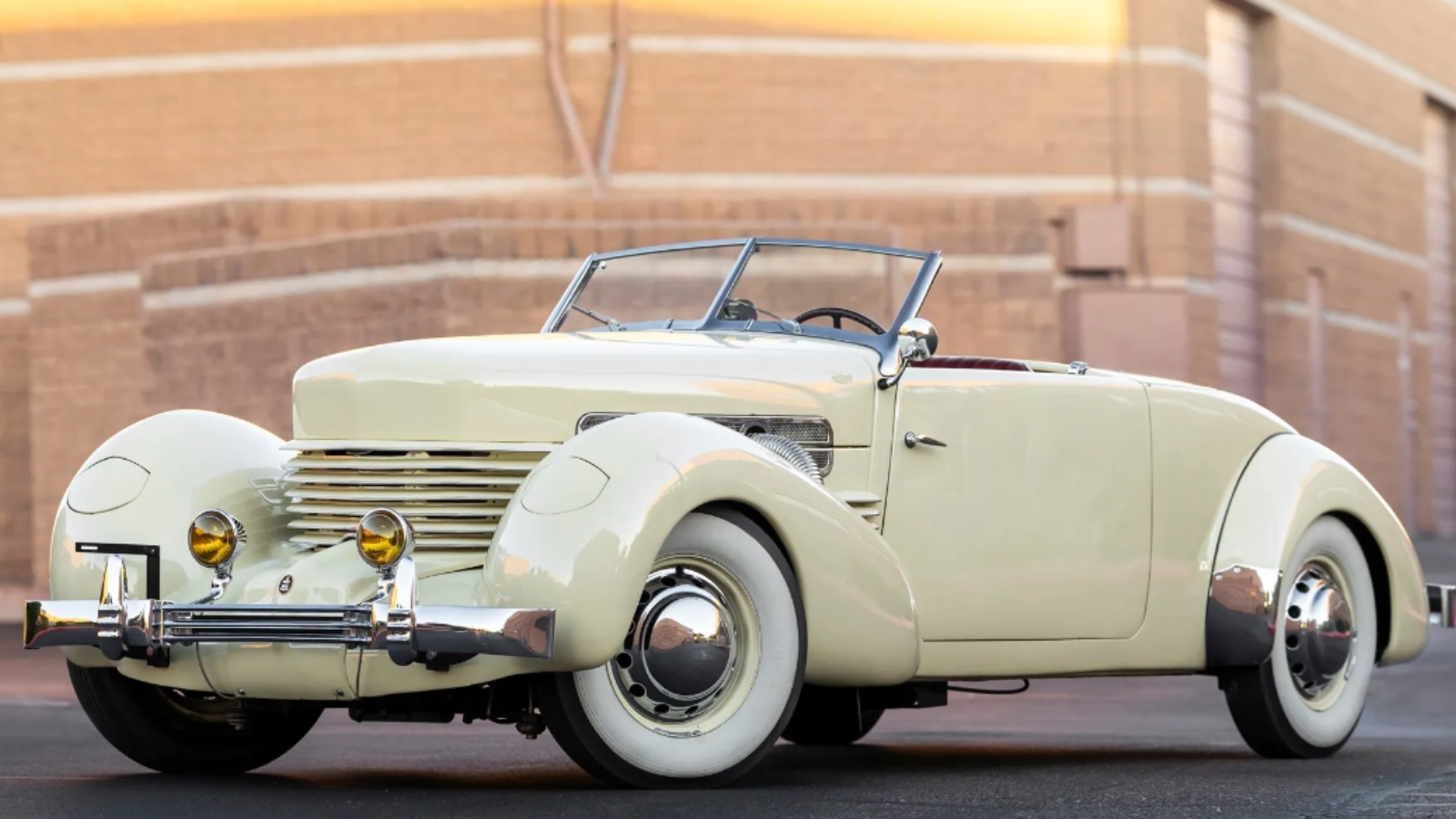 © RM Sotheby’s
© RM Sotheby’s -
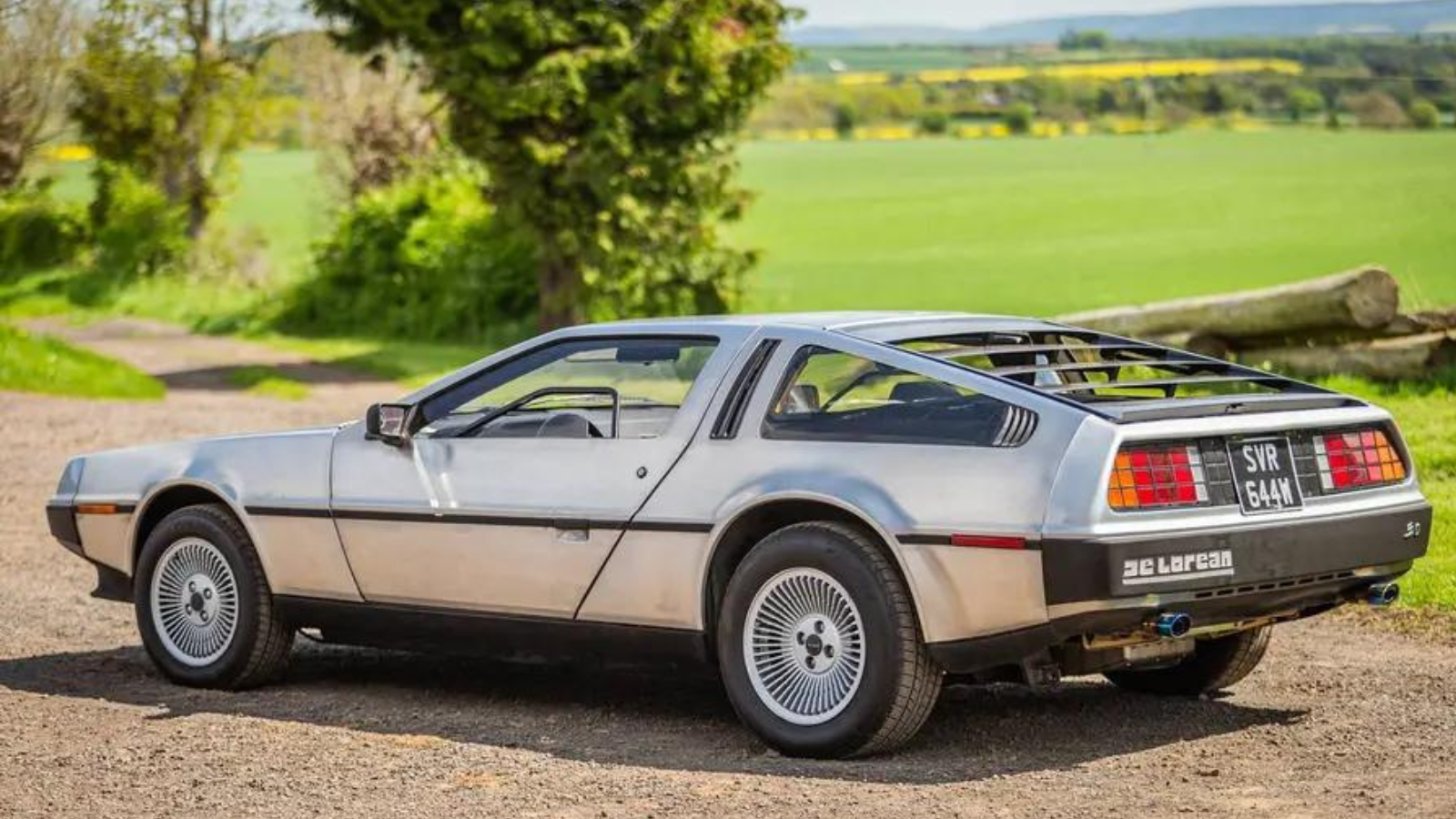 © Bonhams
© Bonhams -
 © RM Sotheby’s
© RM Sotheby’s -
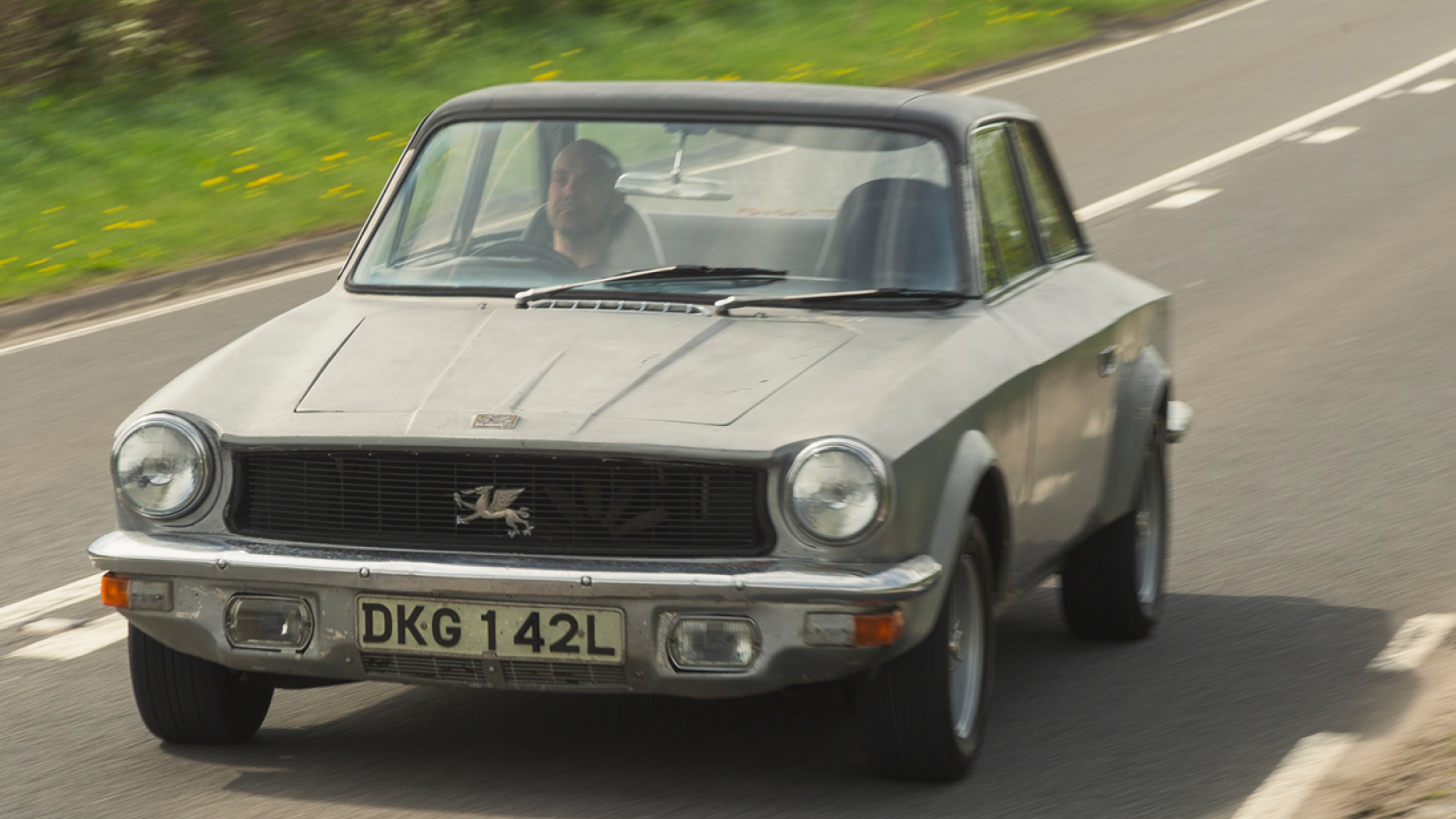 © Luc Lacey/Classic & Sports Car
© Luc Lacey/Classic & Sports Car -
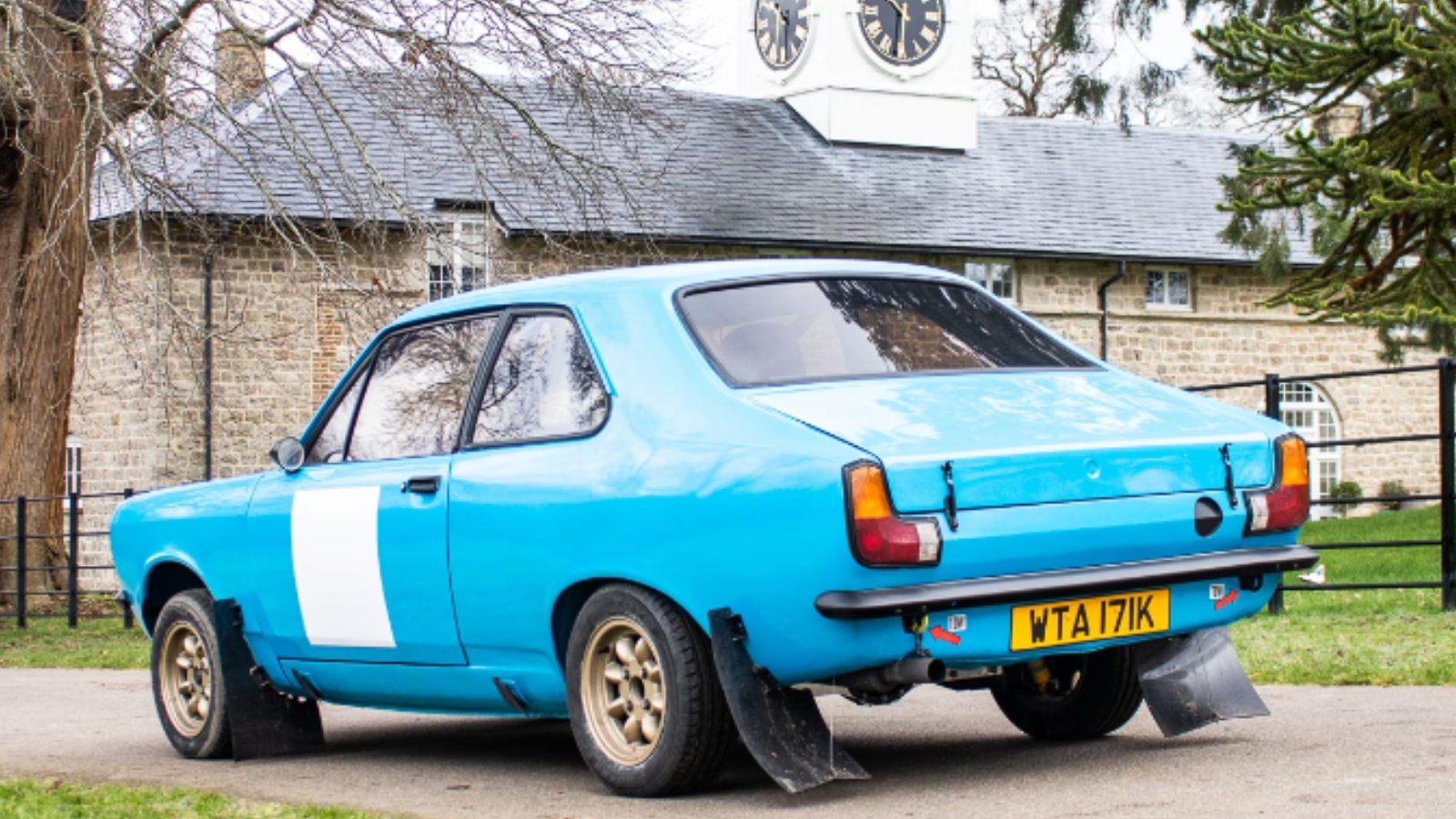 © Collecting Cars
© Collecting Cars -
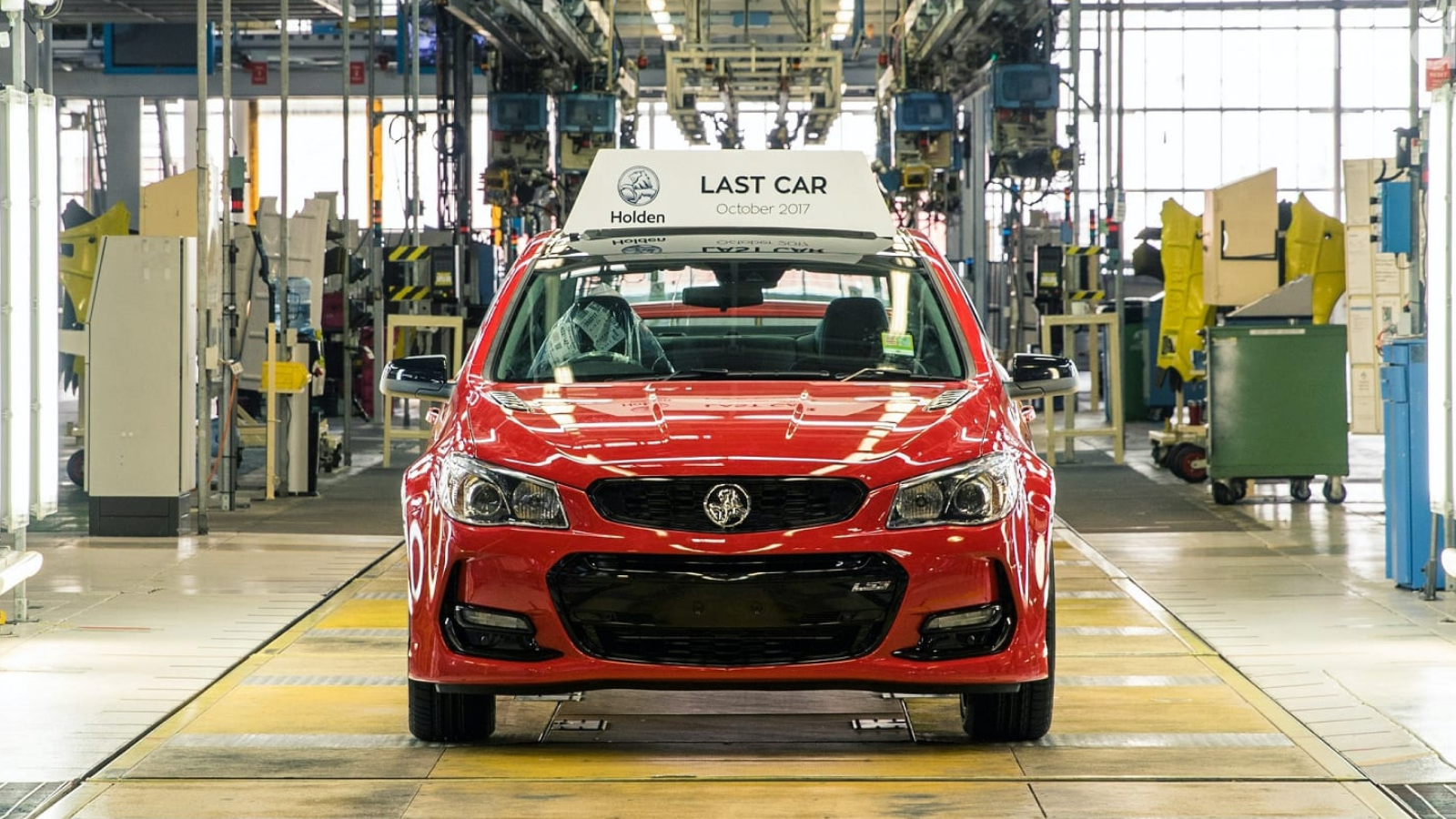 © GM Media
© GM Media -
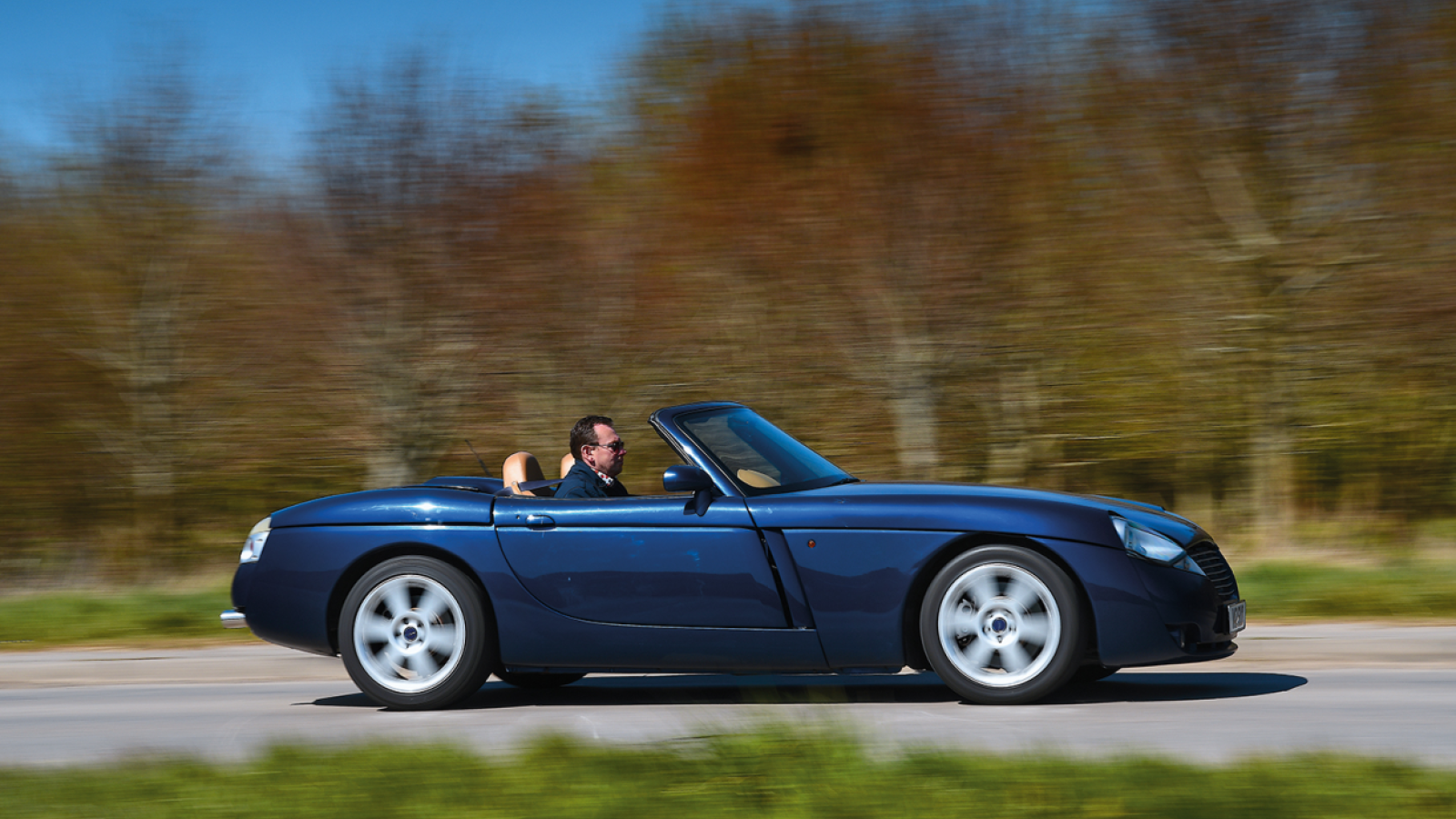 © John Bradshaw/Classic & Sports Car
© John Bradshaw/Classic & Sports Car -
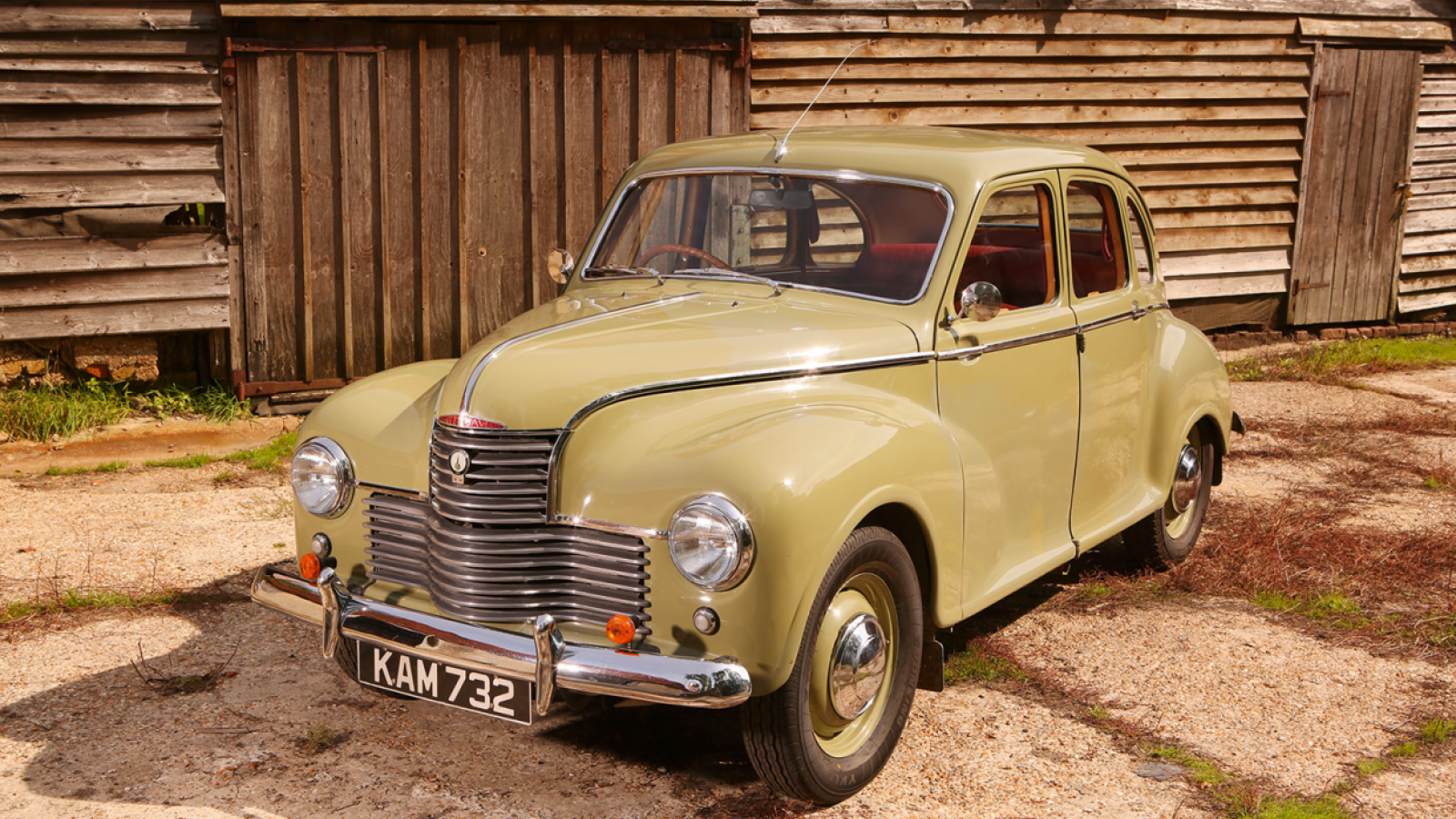 © Tony Baker/Classic & Sports Car
© Tony Baker/Classic & Sports Car -
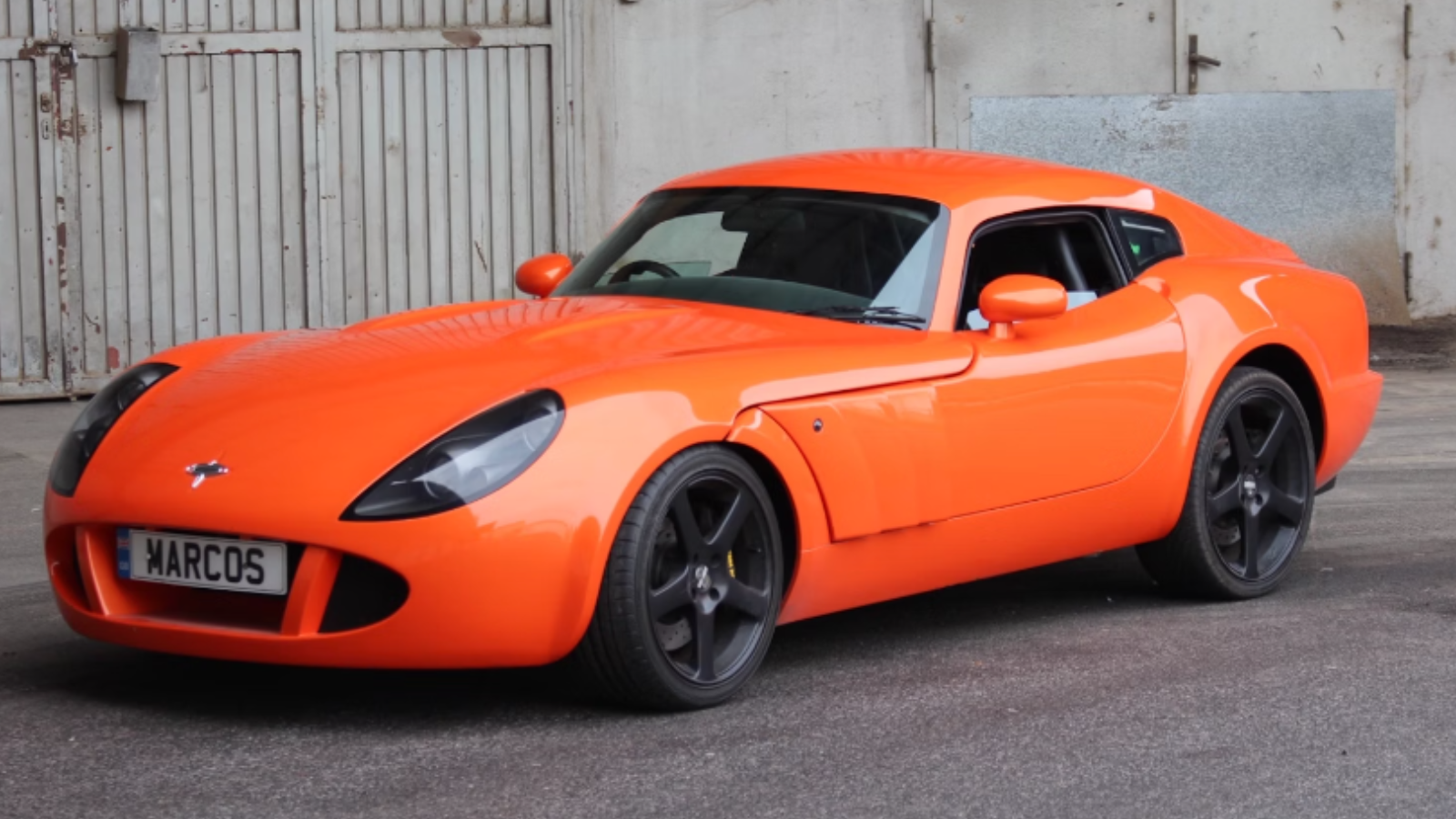 © Collecting Cars
© Collecting Cars -
 © Classic & Sports Car
© Classic & Sports Car -
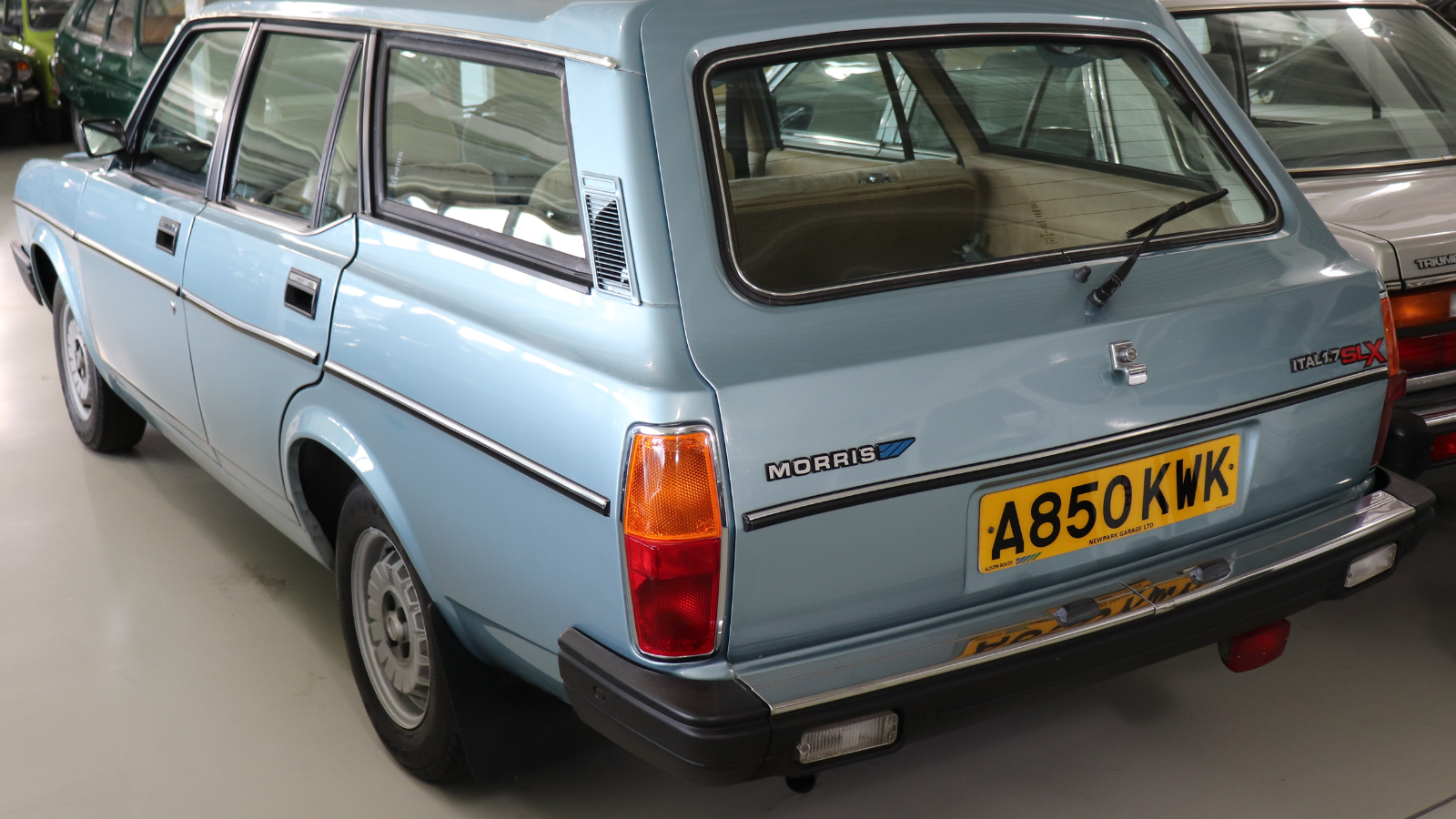 © Vauxford/Creative Commons licence https://creativecommons.org/licenses/by-sa/4.0
© Vauxford/Creative Commons licence https://creativecommons.org/licenses/by-sa/4.0 -
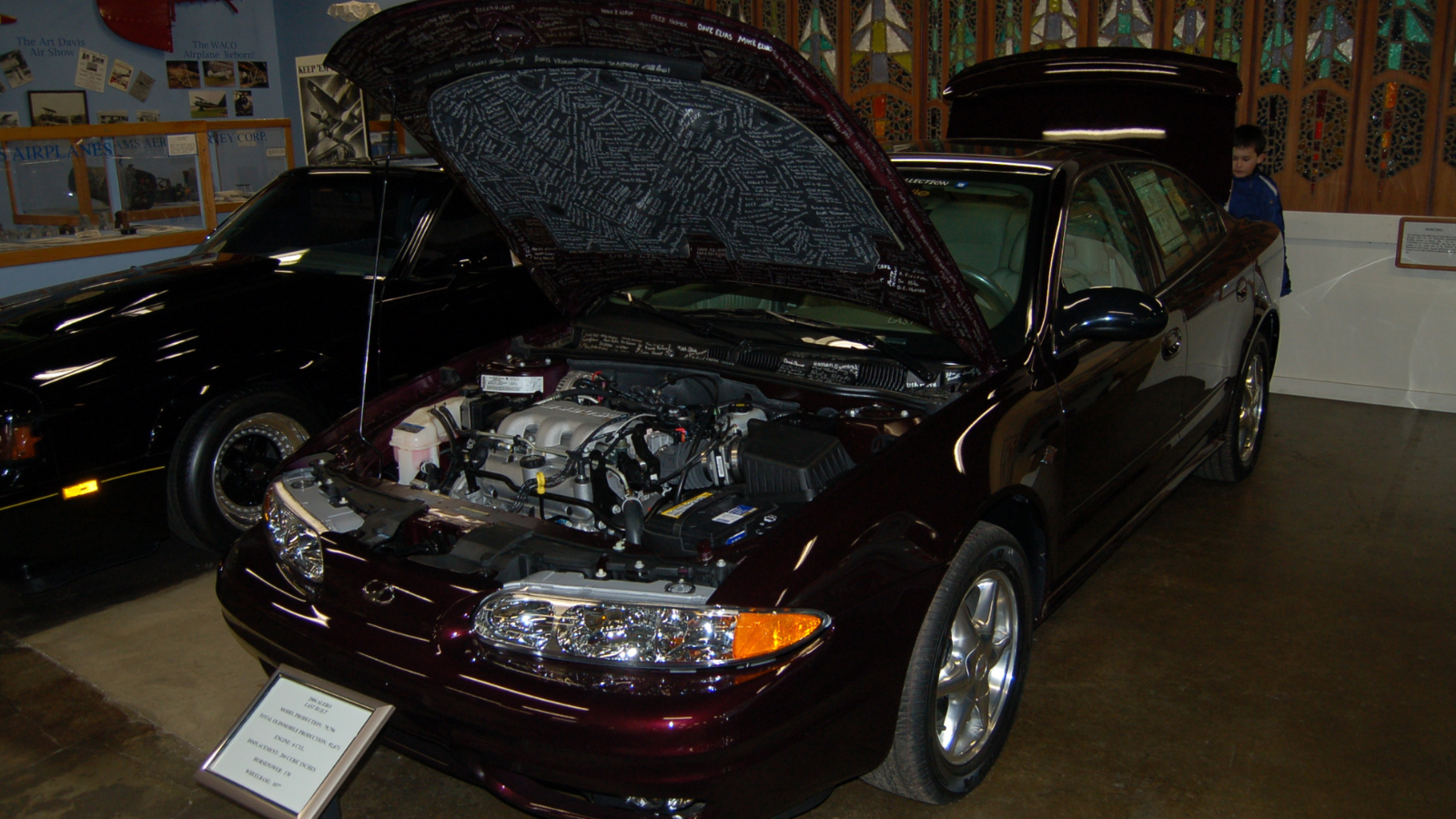 © Joe Ross https://www.flickr.com/photos/joeross/2253378423/in/photostream/
© Joe Ross https://www.flickr.com/photos/joeross/2253378423/in/photostream/ -
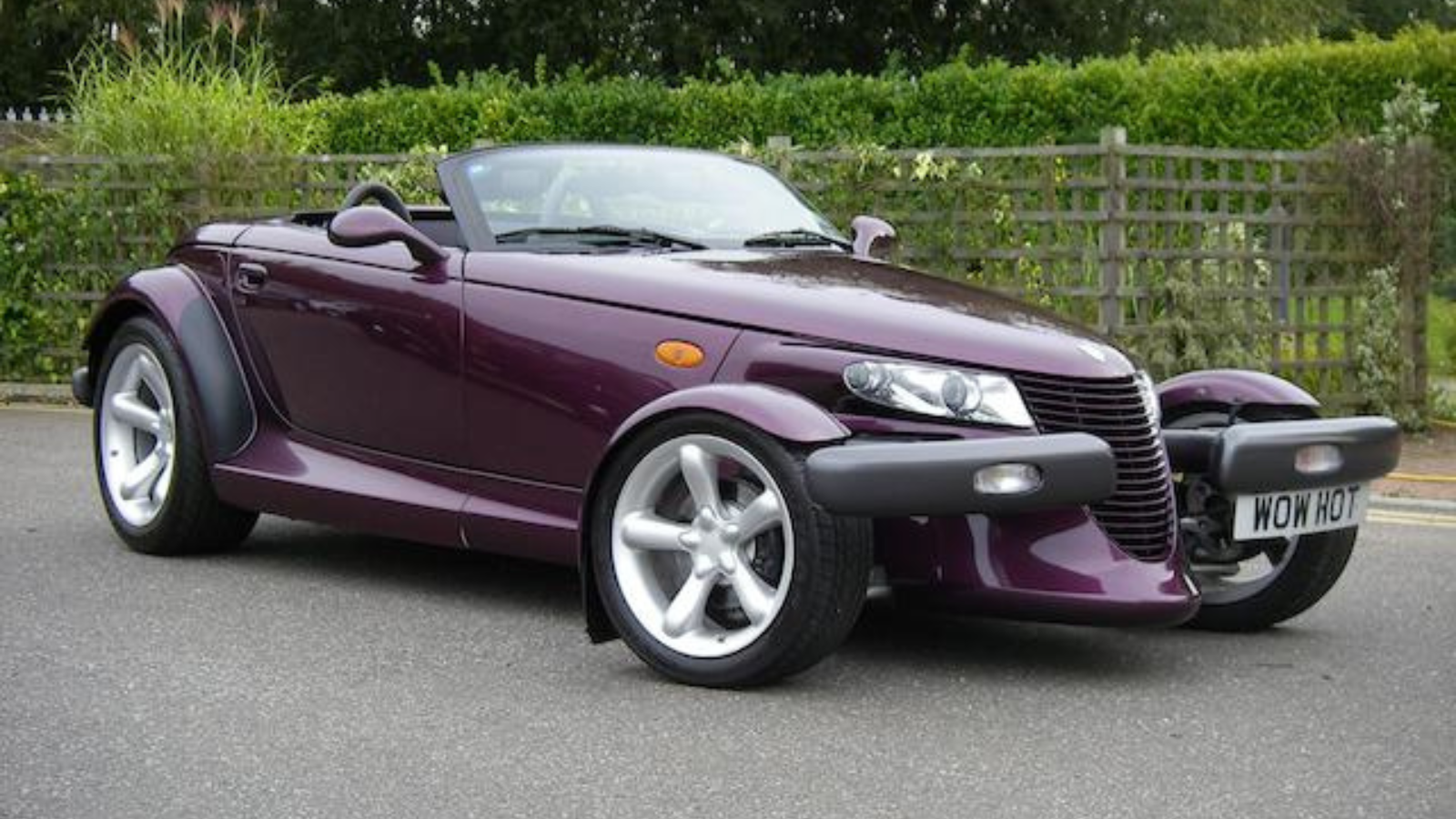 © Bonhams
© Bonhams -
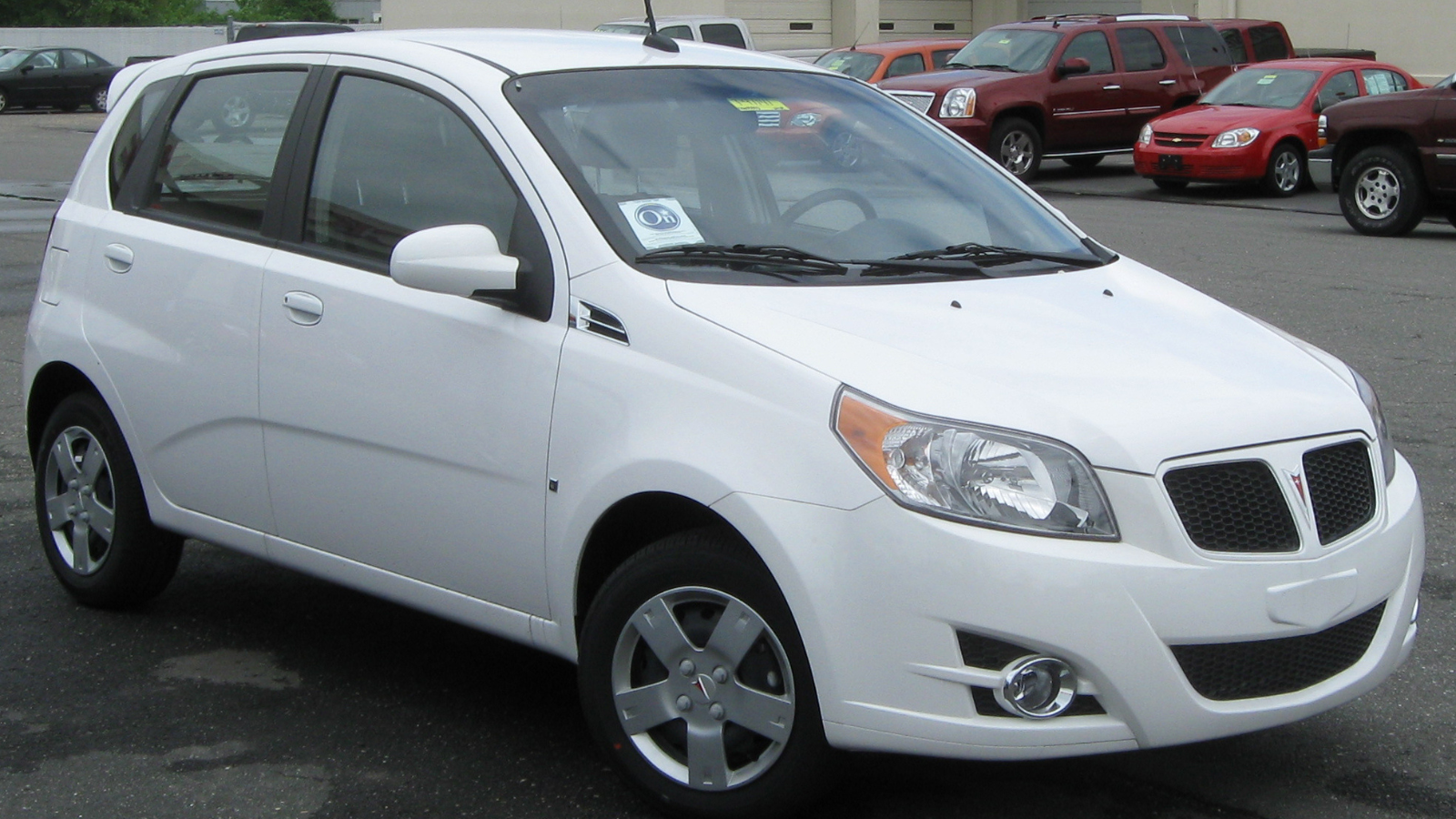 © IFCAR/Public domain
© IFCAR/Public domain -
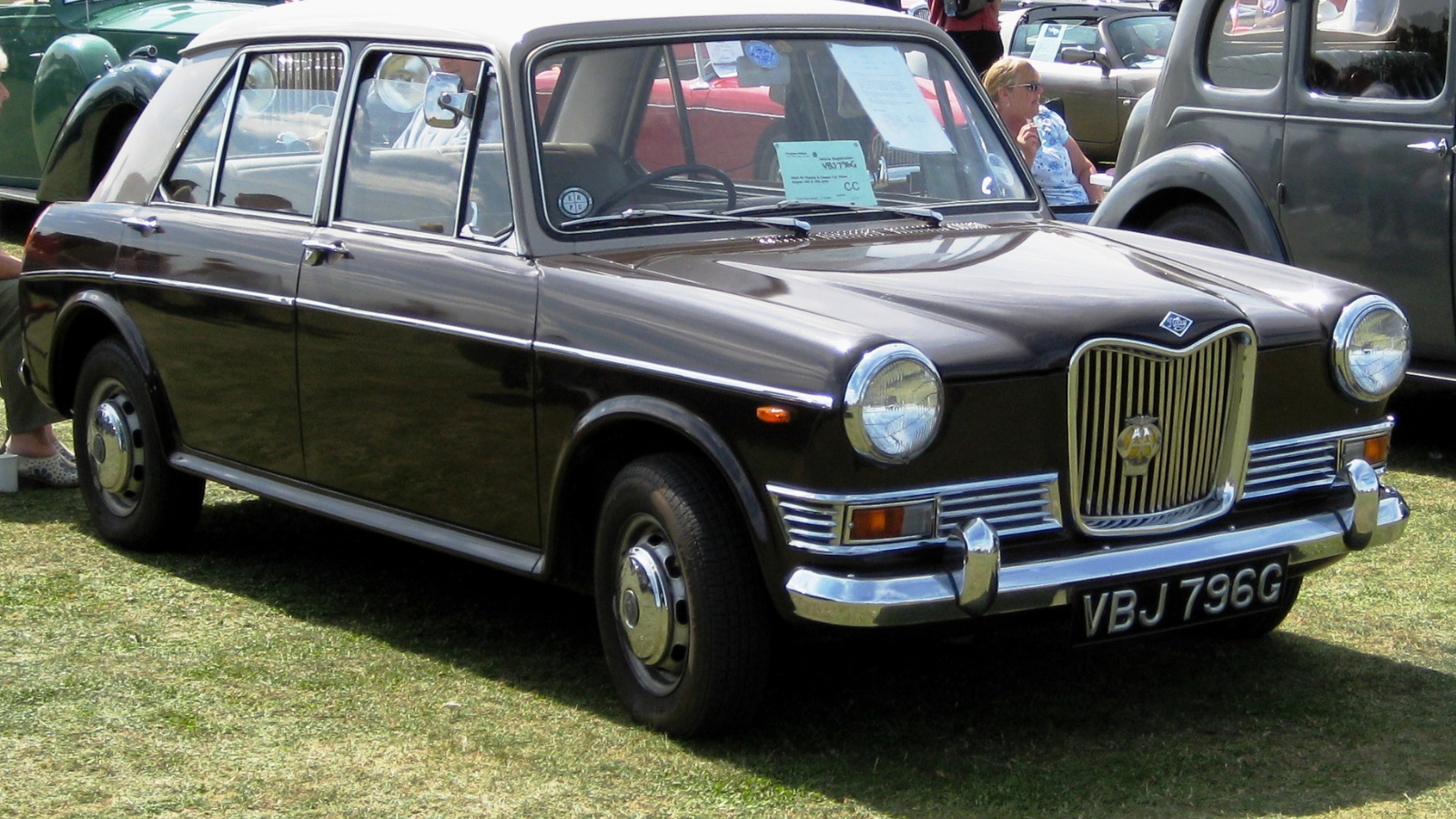 © Charles01/Creative Commons licence https://creativecommons.org/licenses/by-sa/3.0/legalcode
© Charles01/Creative Commons licence https://creativecommons.org/licenses/by-sa/3.0/legalcode -
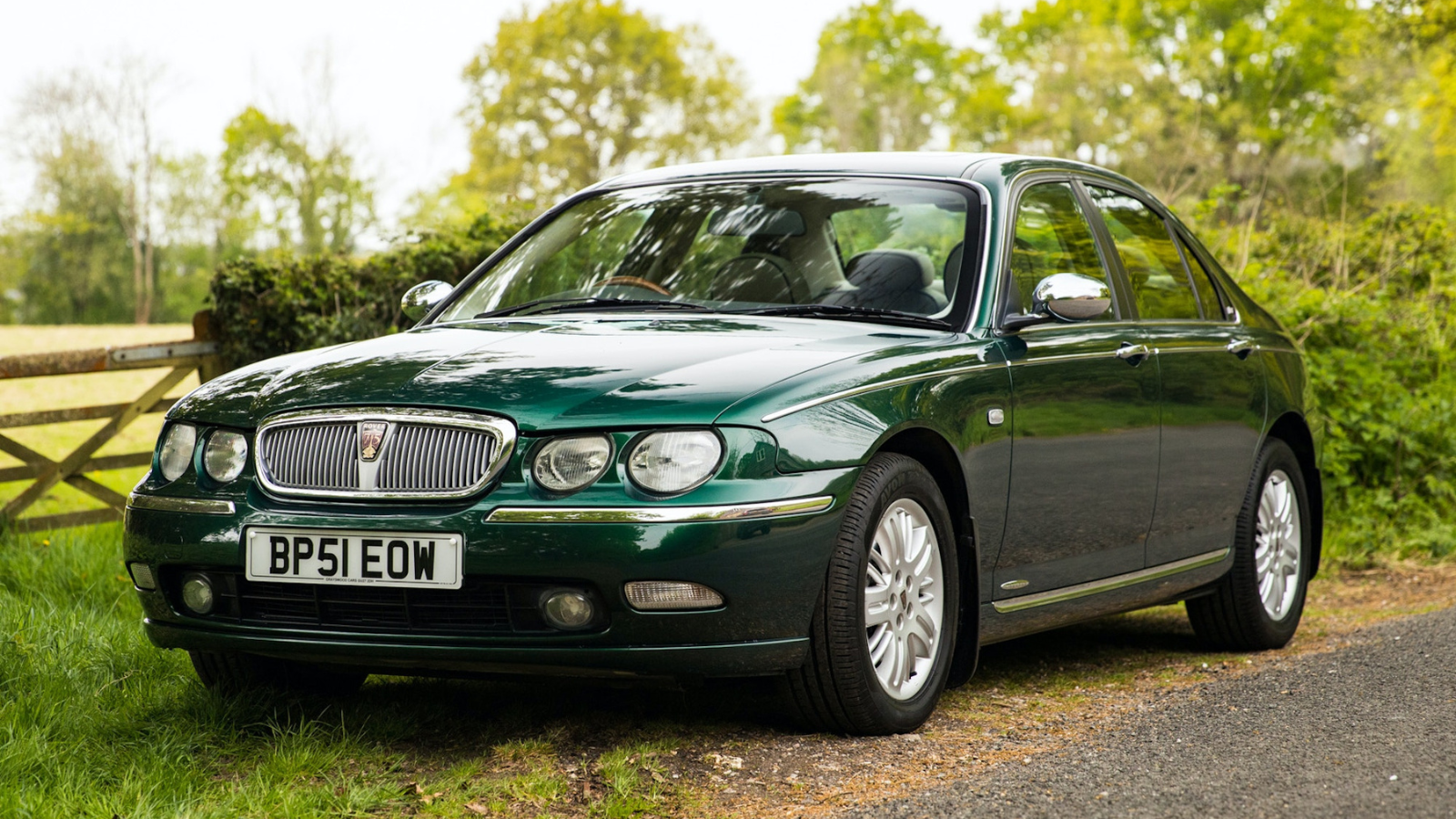 © Collecting Cars
© Collecting Cars -
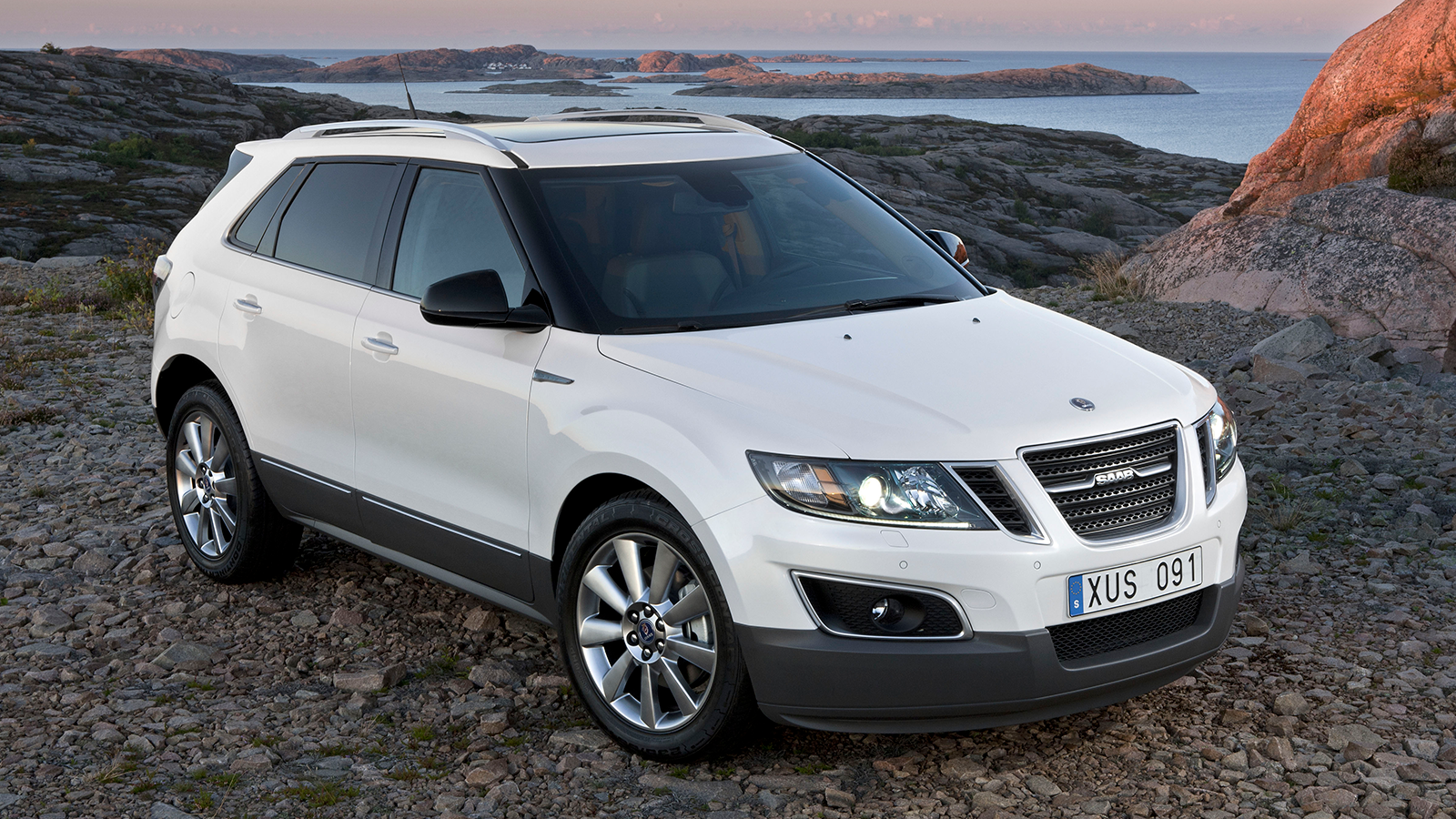 © Haymarket Automotive
© Haymarket Automotive -
 © Josue007/Creative Commons licence https://creativecommons.org/licenses/by-sa/3.0/legalcode
© Josue007/Creative Commons licence https://creativecommons.org/licenses/by-sa/3.0/legalcode -
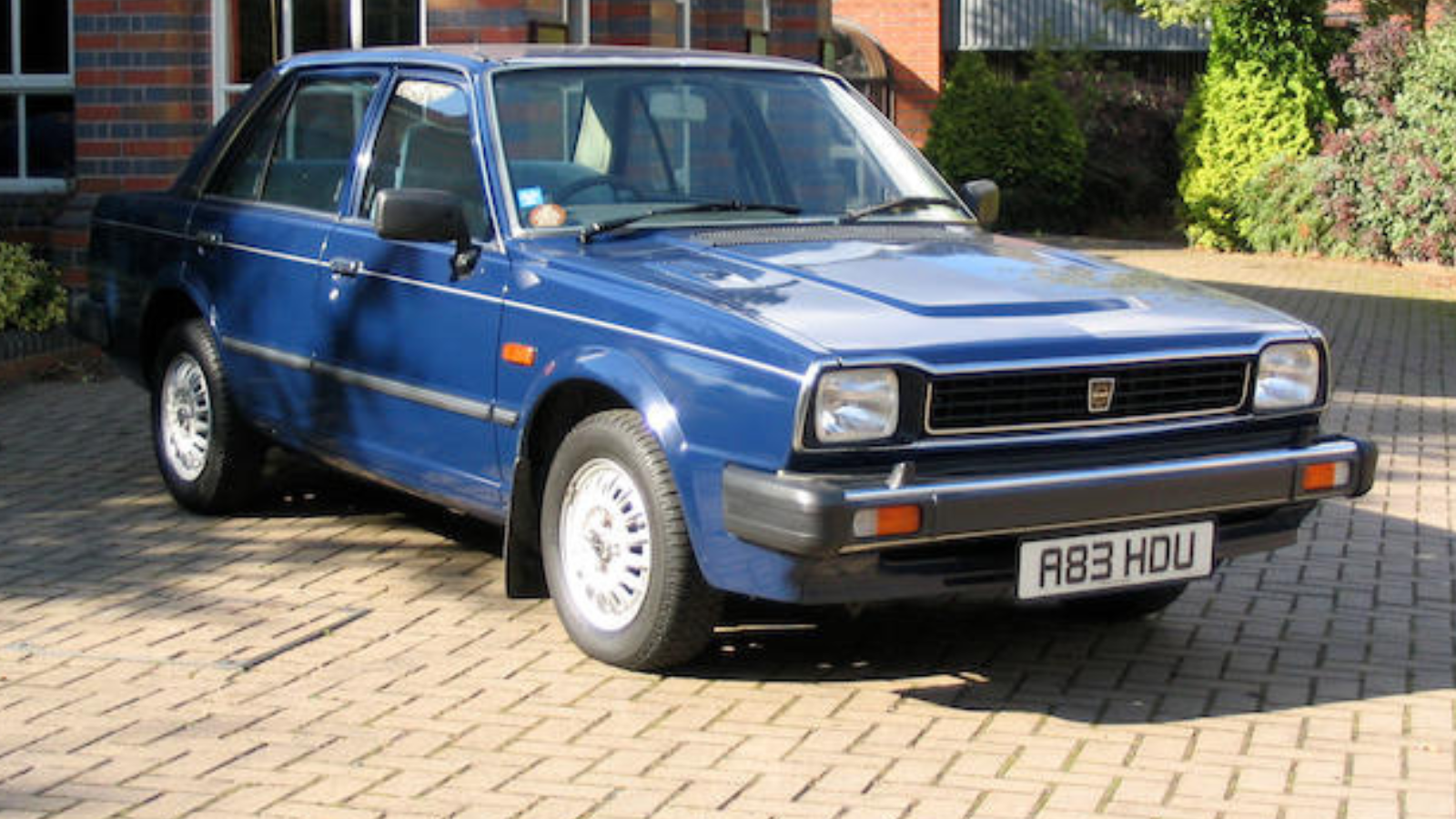 © Bonhams
© Bonhams -
 © Haymarket Automotive
© Haymarket Automotive -
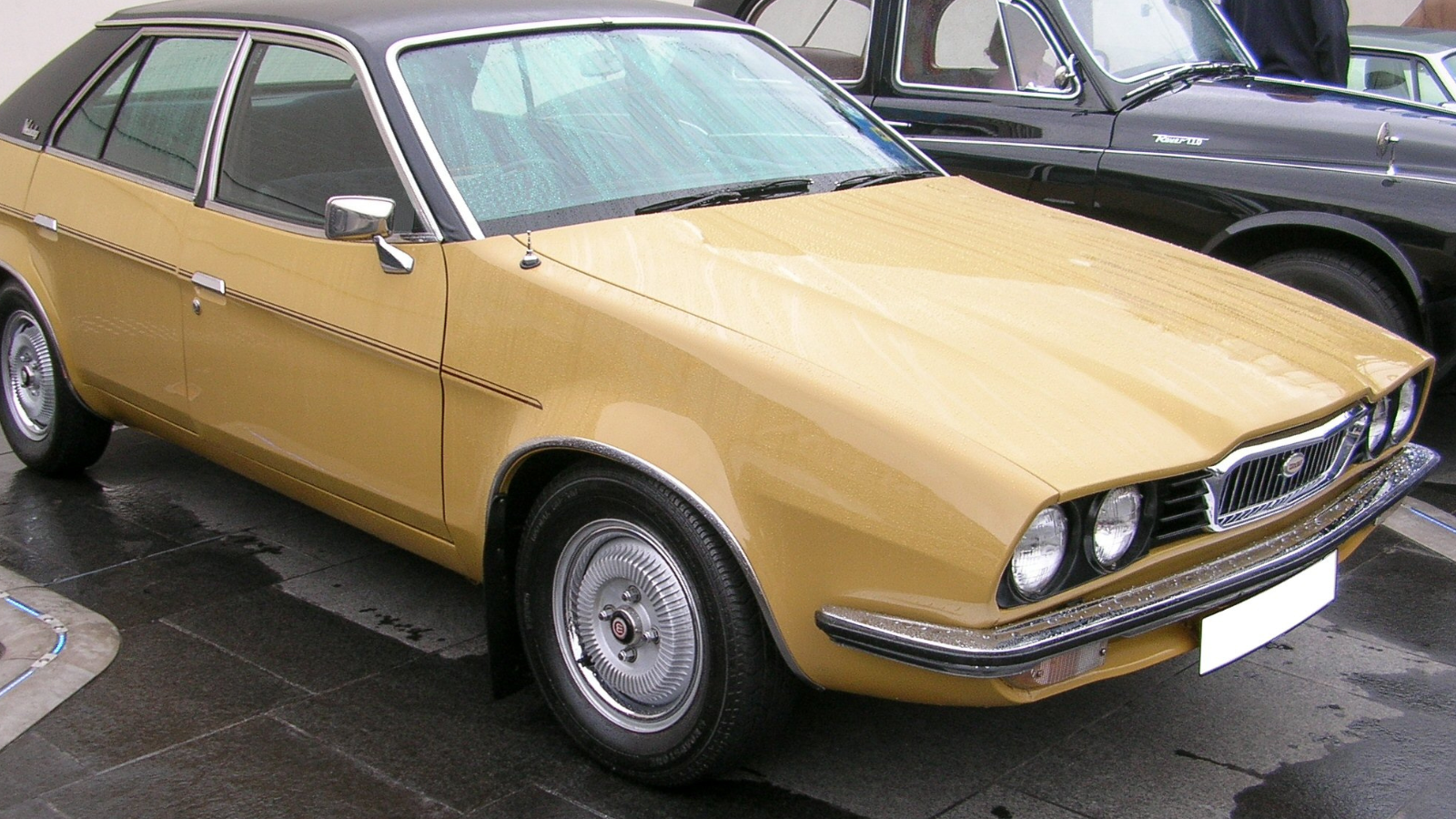 © DeFacto/Creative Commons licence https://creativecommons.org/licenses/by-sa/2.5
© DeFacto/Creative Commons licence https://creativecommons.org/licenses/by-sa/2.5
-
Bidding farewell
Some automobile makers go out with a bang and a mourning legion of fans, others slip into the great junkyard in the sky with barely a whimper and widespread indifference, but all leave behind one last attempt to keep the show on the road, a four-wheeled monument to dashed hopes and what might have been.
That’s our focus here, which charts 25 final cars from a carefully curated list of deceased car brands, presented in alphabetical order, with everything from cult classics to abject failures.
-
1. Africar
The Africar was conceived as a cheap, durable car for, yep, Africa.
Running gear was sourced from Citroën, while the bodywork – inspired by yacht construction, looking like a cross between a Citroën 2CV and an Army lightweight Land Rover – was sustainably sourced epoxy-coated wood.
Various body styles were envisaged, with a station wagon, pick-up and six-wheeler all taking part in an expedition from the Arctic to the equator.
This writer recalls passing the factory on Caton Road, Lancaster, UK, as a schoolboy in the 1980s, spying the pale orange cars parked outside.
Only six Africars were ever produced before financial strife torpedoed the project, and today you can find a pick-up in the Lakeland Motor Museum (pictured).
-
2. AMC Eagle Sport Wagon
Part-car, part-SUV, ‘crossover’ is the buzzword of at least the last decade, but American Motors was one of the first with its Eagle, which launched in 1979.
Based on the AMC Concord and available in a surprising array of body styles – coupe, sedan and station wagon – the Eagle paired a 2.5-liter four- or 4.2-liter six-cylinder engine with full-time all-wheel drive.
Given Jeep was in the American Motors stable, the Eagle made for a bold if logical progression, especially for US snow-belt states, and when it finally bowed out as a wagon-only model line in December 1987, it was the last car to carry the AMC badge.
From then on, American Motors focused on either cars produced under its alliance with Renault, or on Jeeps.
-
3. Austin Montego
Both the Maestro and Montego ceased to be badged Austin when the brand was phased out in 1988 in favor of Rover (though Maestro and Montego continued with simply the model name on the nose).
But it was the Montego that was the last model introduced as an Austin, just over a year after its hatchback sibling in April 1984.
Where the Maestro had replaced the ageing Allegro and Maxi, the Montego picked up where the Ital sedan left off. The wagon came six months later. All were front-wheel drive, with a range of 1.3-, 1.6- and 2-liter gasoline engines, and a lone 2-liter diesel. Well-heeled buyers also had the option of luxurious Vanden Plas trim.
High-performance models used the MG octagon. This writer remembers an empty space where his dad had parked his Montego Turbo the night before. Subsequently recovered, it’d been deemed suitably potent to be the getaway car for a bank job.
-
4. Austin-Healey Sprite
Austin and the Donald Healey Motor Company first joined forces in 1953 to create the Austin-Healey 100.
The Sprite launched in 1958 as the Mk1 ‘Bugeye’ model, but subsequent generations followed, all twinned with the MG Midget. The last was the Mk4 Sprite.
Introduced in 1966, the Mk4 featured unitary construction, a permanently fixed convertible roof and a 1.3-liter A-series engine
A gently redesigned front end represented the most obvious visual differentiation to its MG sibling.
When British Leyland pulled out of the Healey partnership in 1971 to sidestep royalties, the final 1022 examples were officially Austin Sprites, with the facelifted 1970 models the last to wear the Austin-Healey name.
-
5. Cord 812
The Cord L-29 was the first model launched by Errett Lobban Cord’s eponymous company in 1929, but by 1932 the Great Depression had signaled curtains for the luxurious, coachbuilt car that’s perhaps most notable as the first front-wheel-drive model offered in the US.
Cord tried to bounce back with the Lycoming V8-powered 810, its best-known offering and one famous for its ‘coffin-nose’ front, hidden headlamps and – once again – front-wheel-drive layout.
Sadly, production delays, early reliability gremlins and a dwindling dealer network spelled trouble.
Cord made a last-ditch effort with the 812, simply the unsold or unfinished stock of 810s. The last factory Cord was produced in 1937, with the Custom Cabriolet prototype signing off in 1938.
-
6. De Lorean DMC-12
Styled by Giugiaro, fettled by Lotus and winning the lead role in a certain Hollywood blockbuster, the 1981 De Lorean DMC-12 was the first and last car from the De Lorean Motor Company.
Workers at the Belfast factory attached the brushed stainless-steel body complete with gullwing doors to a fiberglass underbody, which in turn was fixed to a back-bone steel chassis.
Underwhelming performance came from a rear-mounted 2.85-liter V6 PRV engine (denoting the joint project between Peugeot, Renault and Volvo), enough for 130mph.
Financial troubles led founder John De Lorean down a slippery path and his eponymous company was placed into receivership in early 1982, soon after his arrest.
-
7. Edsel Villager
Named after Edsel Ford – son of Henry – Ford launched the Edsel brand in September 1957 with the plan of nabbing market share from Chrysler and General Motors.
Things went downhill when the public rumbled Edsels were simply dressed-up Fords with little substance, and the seven-model line-up was quickly pared back.
The Villager ‘station wagon’ was the last Edsel produced. Again based on Ford underpinnings, it offered a 5.9-liter V8, two-piece tailgate and a choice of six- or nine-passenger seating.
When the last rolled off the production line on November 21, 1959, the Edsel brand died with it. Today, Edsels are synonymous with commercial failure… and are highly collectible.
-
8. Gilbern Invader
Sports-car maker Gilbern was founded by Welsh butcher Giles Smith and German engineer Bernard Friese in 1959 and initially sold fiberglass kit cars, but eventually offered fully assembled models from its Welsh premises in Llantwit Fardre.
Both the GT and Genie were offered before Gilbern signed off with the Invader.
Based on the Genie and introduced in 1969, it initially featured MGC front suspension, a 3-liter Ford Essex V6 and a BL live rear axle with trailing arms and Panhard rod, but was updated for the MkII and MkIII versions, the latter with Ford axle and front suspension.
The Invader was offered as both a two-door coupe and a two-door shooting brake, until Gilbern ceased trading in 1973, crippled by tax and the energy crisis.
-
9. Hillman Avenger
Developed by Rootes following the Chrysler takeover in 1967 as a rival for the Marina, Escort and Viva, the Avenger used US-flavored Coke-bottle styling with – ahem – tried and tested engineering, namely an all-iron overhead-valve four-cylinder engine and a live rear axle.
The first cars arrived in 1970 wearing the Hillman badge and were offered in DL, Super and GL trims, but things peaked with the Hillman Avenger Tiger of 1972, with its 1500 engine slurping through twin Weber carbs and beating the Escort Mexico from 0-60mph in 8.9 secs.
The Hillman name was dropped in 1976, but the Avenger lived on, first as a Chrysler Avenger, latterly a Talbot (once PSA Peugeot Citroën stepped in), before finally dying in 1981.
-
10. Holden Commodore SS-V Redline
Australian car maker Holden was swallowed by GM in 1931, but still managed to preserve far more of its identity than GM sibling Vauxhall did.
And when Holden launched the VE Commodore in 2006 – when similar-in-concept Carltons and Senators were long gone – there was talk of its Zeta platform becoming GM’s ‘Global RWD architecture’.
That promise was never quite fulfilled, and the VF Commodore (a significant update of the VE) of 2013 signaled the end of the road.
Produced on October 19, 2017, a Commodore SS-V Redline with a 6.2-liter V8 LS3 engine was the last to leave the Melbourne line and remains on display in the National Motor Museum in Birdwood, South Australia.
Rebadged GM cars were marketed as Holdens until 2020, but the SS-V was the last born-and-bred Down Under.
-
11. Jensen S-V8
Jensen was founded in 1922 and most memorably put its name to the second-generation Interceptor and related all-wheel-drive FF produced through the 1960s and ’70s.
The British maker originally went out of business after 500 or so Jensen GT shooting brakes left the factory.
The S-V8 of 2001 promised a renaissance, the two-seat, rear-wheel-drive convertible first shown at the 1998 British motor show.
Like Jensens of old, the S-V8 shoehorned US muscle under the hood, in this case a 4.6-liter V8 borrowed from the Ford Mustang.
Only 20 fully assembled cars left the Speke, Merseyside, factory in the UK, before Jensen again folded in July 2002.
-
12. Jowett Javelin
The Jowett Javelin was an advanced car for its day.
It featured an aerodynamic monocoque body designed by former MG man Gerald Palmer, and a 1.5-liter flat-four engine with an alloy block and cast-iron cylinder head.
Torsion-bar suspension was used all-round, with double wishbones at the front and a four-link set-up for the rear.
It made its debut in 1944 and even proved itself with a class win in the 1949 Spa 24-hour race and on Rallye Monte-Carlo.
Jowett’s downfall came when the government reduced purchase tax on new cars from 67 to 50% in April 1953.
Sales slowed beforehand in anticipation of the cut but surged afterwards, and when Ford bought Briggs Motor Bodies, whose Doncaster plant built and trimmed Javelins, Jowett found itself out of options and – not long after – cash.
-
13. Marcos TSO
A year after Frank Costin co-founded Cosworth, he co-founded auto maker Marcos with Jem Marsh in 1959.
Famous for its plywood chassis, Marcos followed the stereotypically precarious path of most British car makers before one last bankruptcy in October 2007.
The final Marcos was the TSO, launched in 2004 with a Chevy V8 stuffed ahead of the driver, and a rear-wheel-drive (not wooden) chassis engineered by Prodrive, no less.
Only seven production TSO models and a further two prototypes were ever built.
-
14. Matra Rancho
Like the AMC Eagle, the Matra Rancho was an early crossover that mixed the best of cars and off-roaders in one sturdy-looking package.
Built in a collaboration between French engineering firm Matra and (Chrysler-owned) car maker Simca, the Rancho was based on a stretched version of Simca’s 1100 supermini, with the rear made by Matra from fiberglass and polyester.
Penned by Antonis Volanis, it looked a bit like an ice-cream van on safari. All had a 1.4-liter ‘four’ and front-wheel drive.
The Rancho launched in 1977 as the Matra-Simca Rancho, but became the Talbot Matra Rancho following PSA’s takeover of Chrysler’s European arm in 1979.
When Matra’s next (Antonis Volanis) design was snapped up by Renault – the Espace – the Matra name was gone from cars for good, though the company continued.
-
15. Morris Ital
Successor to as well as based on the Marina, the Morris Ital was produced by British Leyland from 1980.
Buyers could pick from 1.3-, 1.7- and later 2-liter engines and a range of body styles – sedan and wagon are predictable enough, less so the van and pick-up variants.
Being based on an older design, the Ital was, of course, rear-wheel drive, despite a gradual shift to front-wheel drive during the era.
Produced at Cowley then Longbridge, the Ital bridged the chasm between Marina and Montego for far longer than initially planned, and when it finally bowed out in 1984 it was the last car to wear the Morris badge – though the Metro van soldiered on a little longer.
-
16. Oldsmobile Alero
When the final Oldsmobile rolled off the production line in 2004, the GM-owned brand stood as the oldest surviving US auto maker.
It’d been founded in Michigan in 1897 by Ransom E Olds, and introduced production landmarks including the Rocket V8 of the ’50s (an ohv V8 in an era of flathead straight-eights) and the first turbocharged engine in 1962. Its Cutlass was North America’s best-selling car by 1976.
The 1998 Alero was both the last new Olds model name to be introduced and the last car to be manufactured, the pictured car leaving the Lansing plant on April 29, 2004 (and signed by all the assembly-line workers).
Available as a two-door coupe or four-door sedan with a choice of four-cylinder or V6 engines, the Alero was a rather unremarkable jelly-mold design and an undignified way for the once-mighty Olds to bow out.
-
17. Plymouth Prowler
Designed by Thomas Gale in the mold of a 1930s hot rod (which he owned), the 1997 Prowler was both a radical retro roadster and the last car to wear the Plymouth badge.
The Prowler’s mechanical spec included a V6 engine (initially 218HP, later 257HP), rear-wheel drive and a four-speed auto transmission mounted at the rear for 50:50 weight distribution.
Assembled by hand around a bonded-aluminum chassis, the Prowler was relatively light at 1270KG (2800LB), but it wasn’t bereft of luxury – air-con, electric windows and heated rear glass for the fabric roof were all offered.
When Plymouth died in 2001, the Prowler lived on as a Chrysler until 2002.
-
18. Pontiac G3
Pontiac gave Bandit his Trans-Am, Michael Knight his self-aware KITT and inspired Iggy to sing about a GTO, but the once-proud purveyor of muscle reached the end of the line with the G3, a rebadged Daewoo also pedaled by former masters of muscle Chevrolet as the Aveo.
The G3 boasted frugal four-cylinder engines, a space-efficient front-wheel-drive layout and a practical hatchback body.
No wonder it was the last new car Pontiac introduced before GM pulled the plug amid Chapter 11 bankruptcy proceedings in 2009.
-
19. Riley 1300
Another maker to get the British Leyland kiss of death, Riley was founded in 1890 by William Riley, taken over by Nuffield in ’38 and began its descent in 1952, when Nuffield and Austin became BMC and Riley a badge-engineered shadow of its former self.
When it was taken under BL’s wing in 1968, Riley had just a year left to live.
The last new model was the Riley Kestrel 1100/1300, a badge-engineered four-door sedan sibling to the Austin/Morris 1100/1300 with copious walnut veneer.
Reaching its zenith with the twin-carb 1300 engine in April 1968, it died as simply the Riley 1300 in July 1969, following objections from enthusiasts over the use of the Kestrel name. BMW still owns the Riley rights to this day.
-
20. Rover 75
Developed under BMW ownership, the Rover 75 was both the last Rover and one of the finest of all time.
It initially featured a choice of four-cylinder or V6 engines with front-wheel drive, but was rather unusually adapted to accommodate a Mustang 4.6 V8 and rear-wheel drive, first as the MG ZT 260, later also as the Rover 75 V8.
The 75 made its debut at the 1998 British International Motor Show at the NEC Birmingham (as did Jaguar’s similarly retro S-type) and was initially assembled at Cowley, but switched to Longbridge in the wake of BMW’s sale to Phoenix Venture Holdings in 2000.
The impressive 75 Tourer wagon with self-leveling rear suspension followed from 2001, before the 75 died with the collapse of MG-Rover in 2005.
It lived a second life in China from 2006, badged Roewe 75.
-
21. Saab 9-4X
Another object lesson in GM mismanagement, Swedish maker Saab died in 2011.
Supplier boycotts in the midst of ongoing financial problems brought production of the then-new 9-5 sedan and wagon (and older 9-3) to a premature end, but the 9-4X continued to be made in Mexico.
As a compact SUV, it seemed well timed to cash in on the booming compact crossover market.
The 9-4X shared its under-bits with the Cadillac SRX, but received a plausible Saab redesign and got the brand’s trademark green-on-black dials.
Both front- or all-wheel drive was offered, with a choice of 2.8- and 3-liter V6s.
Warming to its charms on an early road test, Autocar nonetheless commented that ‘it won’t save the company’.
It didn’t. Only 814 were produced.
-
22. Studebaker Wagonaire
The Wagonaire was the last Studebaker to be introduced. The spacious wagon could seat between five and eight passengers, depending on spec, and was powered by either a 3.2- or 3.8-liter straight-six, or a 4.6-liter V8.
The most notable feature of all, however, was its load bay. If the bluff rear end didn’t offer enough space, the Wagonaire’s entire roof section aft of the rear doors could be removed, leaving the side windows and half the rear tailgate in place.
It was a shame the trick roof leaked, leading Studebaker to offer a more conventional design alongside it.
The last Wagonaire left the Ontario plant in 1966, although a Cruiser – introduced earlier than the Wagonaire, in 1961 – was actually the last Studebaker off the line.
-
23. Triumph Acclaim
Triumph, former maker of gorgeous Michelotti-designed sedans, wagons and sports cars, reached the end of the line with the badge-engineered Acclaim in 1984, 24 years after being brought under the Leyland umbrella.
The only car in the Triumph line-up post-’81, it isn’t entirely true to dismiss the Acclaim as a Honda Ballade assembled under license at Cowley, because it featured a decent proportion of UK content.
But the Japanese engineering certainly paid dividends, and Triumph’s build quality and reliability both rocketed during the front-wheel-drive, 1.4-liter Acclaim’s three-year run.
The precedent established with the Japanese also gave rise to the next generation of – very good – Rovers.
-
24. TVR Tuscan Vulcan
Let’s be clear in saying TVR is very much an ongoing concern, but until it actually delivers the now long-delayed new Griffith, the Vulcan stands as a full stop.
It’s an unusual tale that starts when Blackpool production ceased in 2006, and owner Nikolai Smolenski tried to start afresh with the name and a crack team of engineers.
They started to develop a Tuscan-based model with a Chevy LS V8, until Smolenski realized the numbers didn’t stack up and canned the project.
But the prototype has since been refinished by Str8six, a TVR specialist run by former factory employees.
Str8six called it the TVR Vulcan and when Autocar got behind the wheel in 2015, it was described as ‘good. Really good.’ What could’ve been, and all that…
-
25. Wolseley 18-22
The Wolseley 18-22 was both the last Wolseley and the one with the shortest-ever production run.
Based on the ‘wedgy’ Austin or Morris 18-22 models, the more upmarket Wolseley launched in March 1975 with the E6 six-cylinder engine driving the front wheels via a four-speed manual or optional automatic gearbox.
Highlights included a vinyl roof, velour upholstery and Hydragas interconnected suspension, but when BL rebranded the entire 18-22 range the Princess in September 1975, so the Wolseley name was retired.
The Wolseley Register notes only around 3800 were produced, making them highly collectible today.
